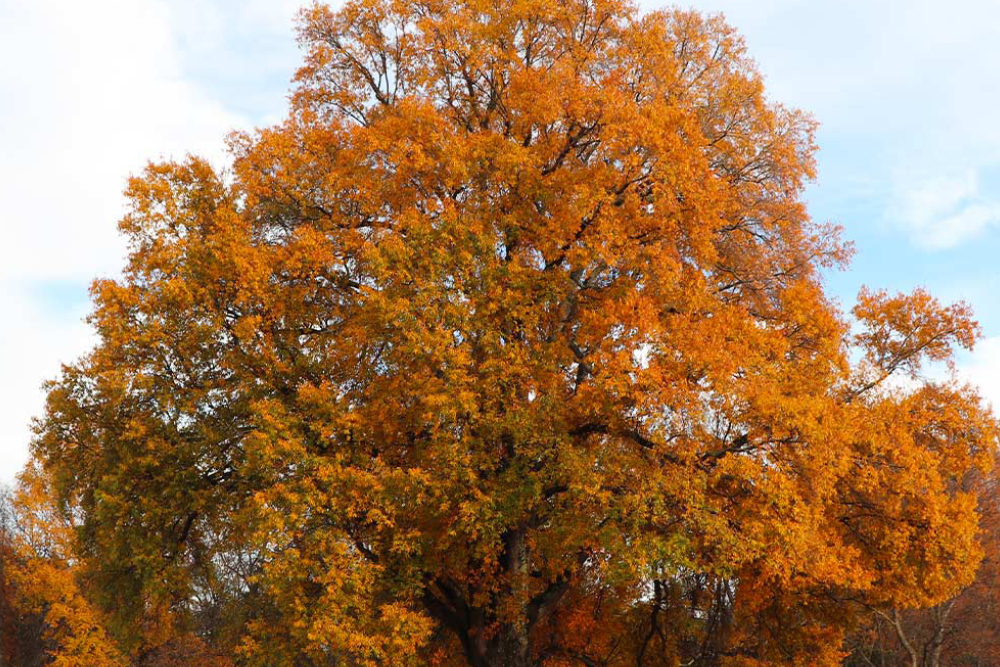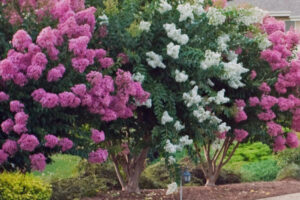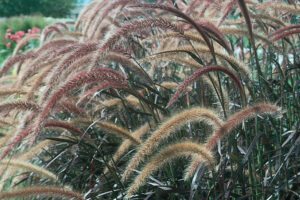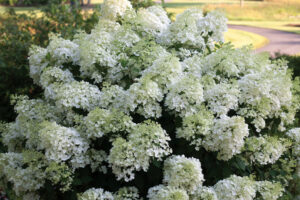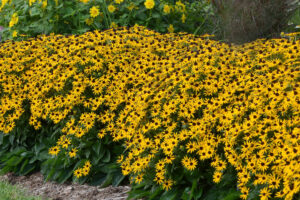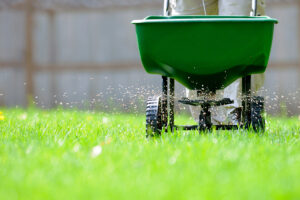Botanical Background
The Willow Oak (Quercus phellos) is a deciduous tree native to the southeastern United States, mainly found in bottomlands, floodplains, and along streams and rivers. It belongs to the red oak group in the Fagaceae family, which includes other oak species. The genus Quercus is derived from the Latin word for oak. At the same time, the species name “phellos” refers to the resemblance of its leaves to those of a willow tree (Salix), even though it is unrelated to willows.
Cultural Significance
Native American cultures and settlers in the southeastern United States have long appreciated the willow oak for its adaptability, fast growth, and hardwood timber. Its density and hardwood make it suitable for various uses, including construction, fuel, and furniture.
Urban Use and Popularity
In the 19th and 20th centuries, the Willow Oak became increasingly popular as an urban and landscape tree due to its ability to thrive in polluted and compact urban environments. Its fast growth, tolerance to different soil types, and elegant appearance made it a favored choice for street and park plantings. Many cities in the U.S., particularly in the South, planted Willow Oaks extensively, where they still form part of the urban canopy today.
Interesting Facts
1. Willow-like Leaves: One of the most unique features of the Willow Oak is its slender, linear leaves, which resemble those of a willow tree rather than typical oak leaves. These leaves are 2 to 5 inches long and about 0.5 to 1 inch wide, with smooth edges.
2. Fast-growing Oak: Willow Oak is one of the fastest-growing oak species, making it ideal for those seeking a quick-growing shade tree. Under favorable conditions, it can grow 12 to 24 inches per year.
3. Long Lifespan: Despite their fast growth, Willow Oaks are long-lived trees. They can live up to 100 years or more when well-maintained, providing generations with shade and beauty.
4. Acorn Production: Like other oaks, the Willow Oak produces acorns, which serve as a food source for many wildlife, including birds, squirrels, and deer. The acorns are small, typically about 0.25 to 0.5 inches long, and mature in two years.
5. Hardwood Timber: Willow oak wood is dense and strong, though not as prized for timber as some other oaks, like White or Red Oak. However, it is still used in general construction, firewood, and sometimes furniture.
6. Wildlife Habitat: Besides its acorns, the tree provides shelter and nesting sites for various wildlife. Its dense canopy offers a safe habitat for birds and small mammals.
7. Urban Tolerance: Willow Oaks are highly tolerant of urban conditions, including compacted soils and pollution. This makes them one of the best choices for urban street trees, as they can thrive in areas where many other trees struggle.
8. Dull Fall Color: Unlike other oaks that display vibrant autumn colors, the Willow Oak’s fall foliage is a more muted yellow to brown, which some gardeners appreciate for its subtlety.
9. Erosion Control: Willow Oaks are often planted in areas prone to erosion, especially near water sources. Their extensive root systems help stabilize the soil, preventing erosion along riverbanks and floodplains.
10. Drought Resistance: Though they prefer moist soils, Willow Oaks are relatively drought-tolerant once established, making them a durable choice for landscaping in areas with less consistent rainfall.
Key Growing Information
- Native Range: Southeastern United States, from New York to Florida and west to Texas.
- Soil Preferences: Prefers moist, well-drained soils but can tolerate wet and compacted soils.
- Light Requirements: Grows best in full sun but can tolerate partial shade.
- Height: Can grow up to 40-60 feet tall, sometimes reaching 100 feet under ideal conditions.
- Spread: The canopy can spread as wide as 30 to 50 feet, providing ample shade.
The Willow Oak is a distinguished and graceful tree. It is appreciated for its unique, willow-like leaves, fast growth, and adaptability to various conditions. It has long been a favorite in urban landscapes and parks due to its ability to thrive in harsh environments, including poor soils and polluted air. Its role in supporting wildlife and stabilizing soils, along with its historical uses, makes it an essential species in natural and cultivated environments.

